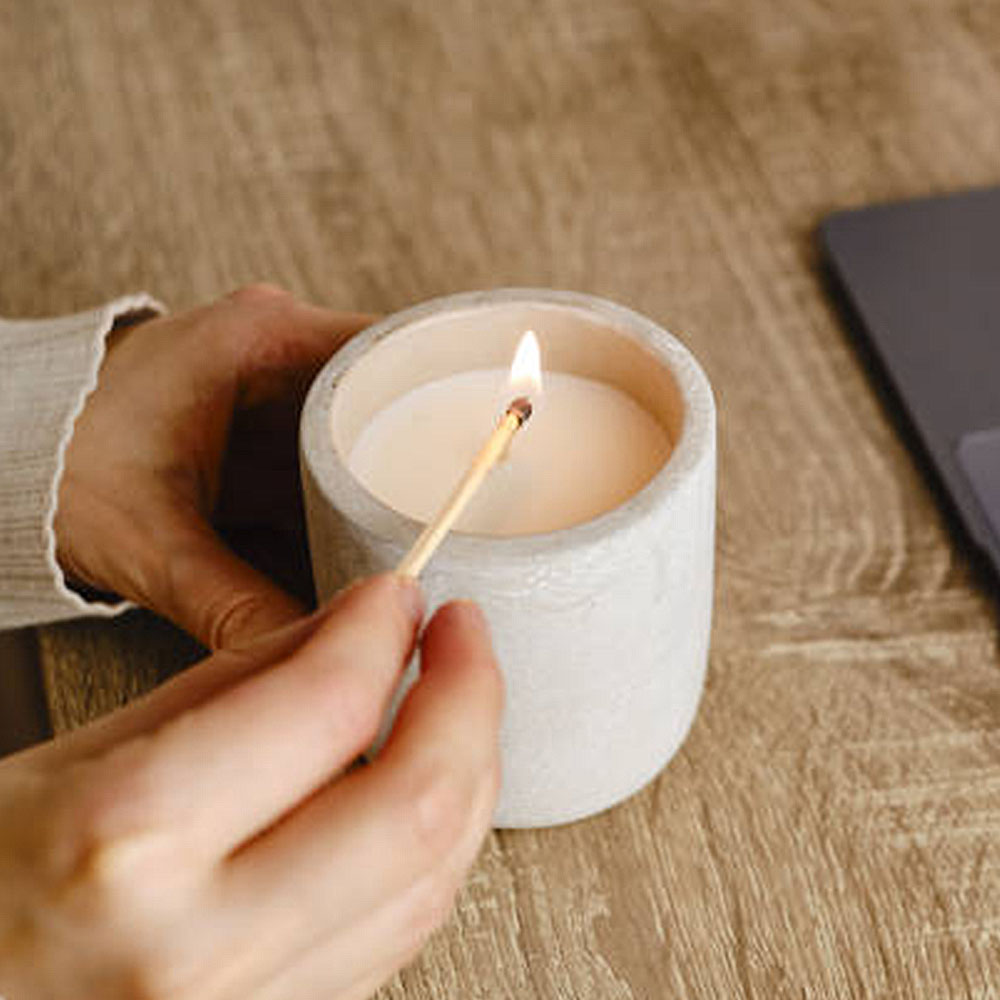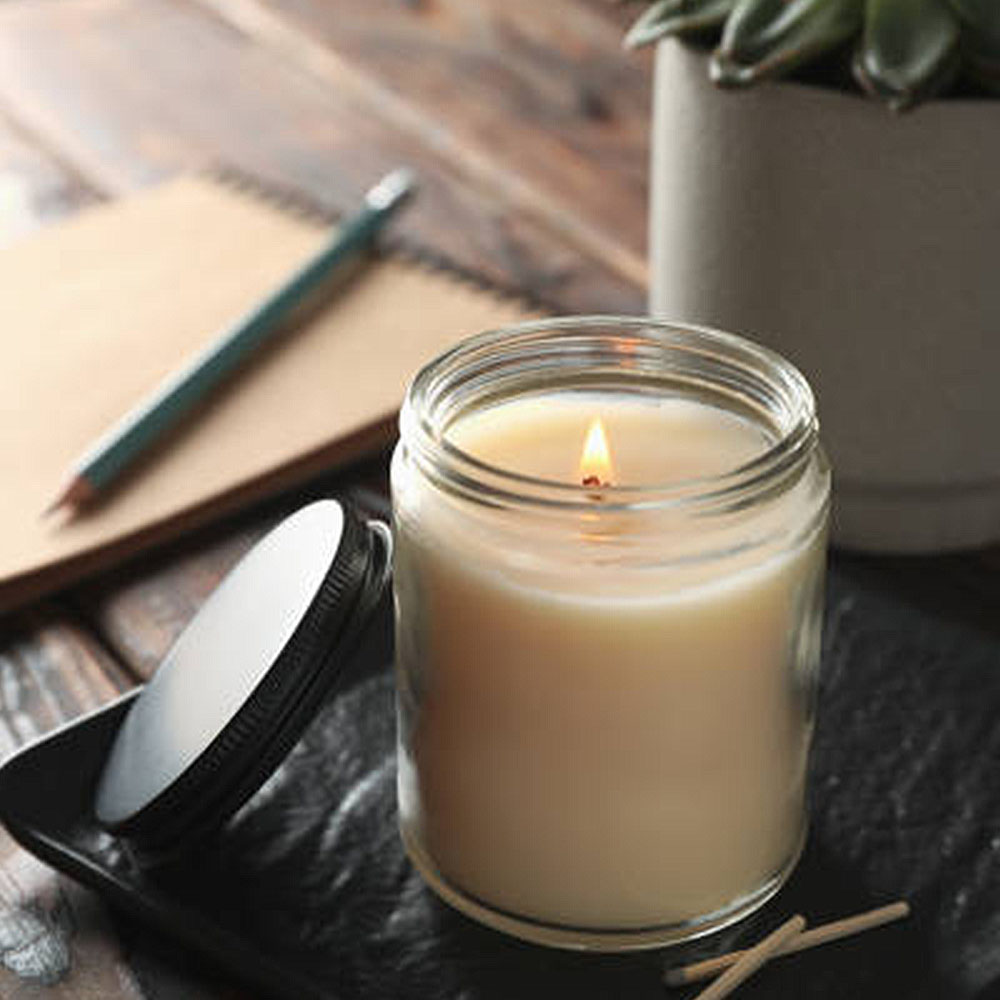Candle Care Tips

Before Burning
Before igniting your candle, it is important to trim the wick to a length of at least ¼ inch. This simple step helps promote an even burn, minimizes dripping, and prevents excessive flaring.
Furthermore, it is advisable to keep your candle away from drafts, vents or any sources of air currents. By doing so you can prevent irregular burning, soot buildup and excessive dripping, ensuring a more enjoyable and cleaner burning experience.
To maintain optimal candle performance, aim to burn the candle for 2-3 hours each time you light it. This allows for a consistent and even burn preventing tunneling and maximizing the overall lifespan of the candle. Additionally, remember to trim the wick before each subsequent burn to ensure an optimal flame height and minimize any potential issues.

While Burning
It is crucial to never leave a lit candle unattended or keep it burning while you sleep. Prior to leaving the room or going to bed, make sure to extinguish all candles to ensure safety.
Under no circumstances should you touch or move a burning candle. It is also important to avoid moving a candle container when the wax is in a liquid state to prevent accidents.
To prioritize safety, it is recommended to discontinue burning a candle when there is approximately ¼ inch of wax remaining in the vessel. This precautionary measure reduces the risk of any potential hazards.
When burning multiple candles, ensure that each candle is placed at least three inches apart from one another. This ensures they do not melt each other or create their own airflow patterns.
If the flame of a candle becomes excessively high or flickers repeatedly, it is advisable to extinguish the candle. Before relighting, allow the candle to cool down, trim the wick, and check for any unwanted drafts that may affect its burning behavior.
Exercise heightened caution when lighting candles during a power outage. It is advisable to rely on battery-powered lights such as flashlights as safer alternatives for illumination during such situations.
Ensure that candles are never burned in close proximity to flammable objects or surfaces. Maintain a safe distance between burning candles and furniture, curtains, bedding, carpets, books, paper, flammable decorations, and similar items.
Keep candles out of reach of children and pets. Avoid placing lit candles in areas where they can be easily knocked over by children, pets, or any other individuals.

When Extinguishing
Consider using a candle snuffer to safely put out a candle, if you have one, as it minimizes the risk of hot wax splattering.
Avoid extinguishing a candle with water as it can cause the wax to splatter and potentially shatter a glass container.
Ensure the candle is fully extinguished and there is no ember glow from the wick before leaving the room.
Wait for the candle to cool down completely before touching or moving it.
